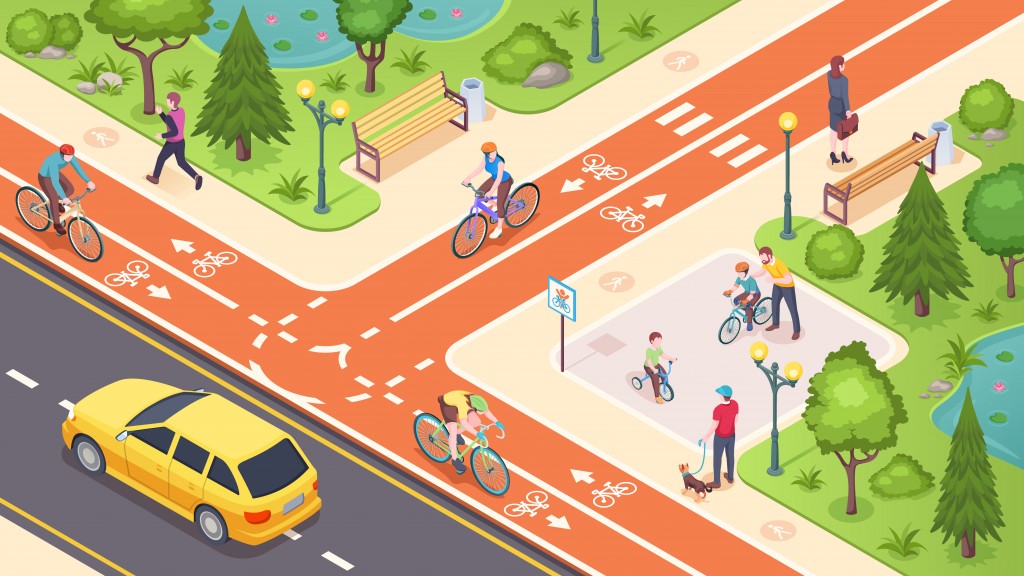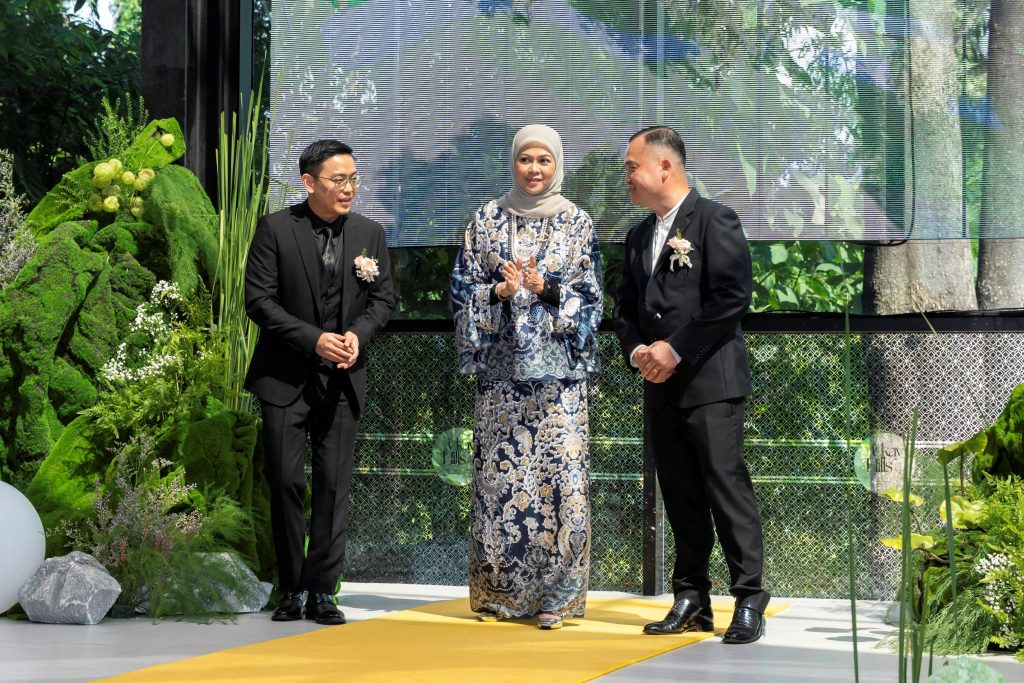Many older developments do not even have proper footpaths
By Joseph Wong josephwong@thestar.com.my
While the newer developments see better and more proper sidewalks, jogging pathways, and bicycle tracks, one can not help noticing that the sidewalks are sadly neglected in the older and more mature areas. Many older property developments have poorly planned sidewalks, and fewer provide for individuals who use wheelchairs or the physically challenged.
Yet, sidewalks have been acknowledged to play a vital role in city life as conduits for pedestrian movement and access. On the one hand, the government and its agencies encourage more people to use public transportation to alleviate traffic jam woes. But on the other hand, proper walkways are not addressed. Not only do sidewalks enhance connectivity and promote walking, but these pathways also serve as the front steps to cities, activating streets socially and economically.
Safe, accessible, and well-maintained sidewalks are a fundamental and necessary investment for cities and housing estates, having been found to enhance general public health and maximise social capital. In many of the older housing estates, sidewalks are sadly non-existence. In their place are narrow strips of land, occupied by grass, shrubs and trees, between the road and drainage system.
So pedestrians are forced to walk on the edge of the roads instead. Currently in Malaysia, there is no uniform standard where sidewalks are concerned. In some situations, sidewalks can become so narrow that wheelchairs can not be used on them. As a result, it is not uncommon to see wheelchair users transverse on the road as cars whizz by. Not only is this dangerous, but their visibility is impeded, increasing their risk of accidents.
It is also not uncommon to have sidewalks with utility poles or trees sprouting from the middle of the path lane, effectively reducing the space to cross that even the average pedestrians would have to reangle their bodies to pass. Moreover, some species of trees have uprooted the sidewalks making them impossible to use.
Not compulsory
According to the Real Estate and Housing Developers Association (Rehda), developers do not need to create sidewalks. It is voluntary. And this varies from state to state as construction permits are issued by the state government, so there is no uniformity regarding this issue. On a positive note, some states do address the necessity of sidewalks.
Sarawak, for instance, takes great pains in ensuring that sidewalks are a given, especially in new developments. This could be due to Sarawak’s close ties with Australia, where they have better amenities like sidewalks to encourage people to walk and use public transportation. However, Malaysian sidewalks are prone to abuse. In many neighbourhoods, residents place rubbish bins on them or pile discarded debris, damaged household items and dead vegetation, effectively blocking pedestrians.
Additional cost
Maintenance is another issue as these sidewalks are left in the hands of local councils. While funding is allocated to the local authorities, how much is apportioned to the maintenance of sidewalks? Developers readily admit that building proper sidewalks is an added cost, which would raise the pricing of the homes being built. The natural reflex of developers is to develop every single space available and maximise land usage.
“The burden is on the developers to create such amenities. They have to balance the cost of land and maximise the returns from developing it,” said a developer. However, he points out that having better amenities would naturally increase the value of a property and enable developers to differentiate themselves from others, thereby elevating their own status as reputable developers. The public recognises that communities better thrive in liveable neighbourhoods and buyers are showing a preference for essential spaces for community building. 2
Dedicated sidewalks make it safer for residents in housing estates. This becomes more apparent when incorporated with public transportation such as the mass rapid transit (MRT), light rail transit (LRT) and monorail. With the move to encourage public transportation usage, Malaysians are becoming more aware of the need for sidewalks as this concerns their walkability and comfort to be out of the sun and rain.
For people to get to the stations and back home safely and easily, the need for sidewalks is now becoming more apparent as this covers their safety aspects. But developers, as well as the government and its agencies, will need to study their proposals carefully before carrying them out. Not all sidewalks are well-utilised, as can be seen with the elevated sidewalk linking the Medan Tuanku monorail station to the Sultan Ismail LRT station.
With proper studies, such walkways can be better incorporated as in the case of Sunway City Kuala Lumpur, where the elevated walkways link the various components of the township to one another. At the end of the day, the question is how well utilised the introduced sidewalks to the housing estates will be and what needs to be done to increase their usage.
Four kinds of walkways
For the longest time, Malaysians are used to two types of sidewalks even as the cities and towns crop up around them. The typical fivefoot way and the pedestrian walkway are common sights for the general public. But as this nation becomes more developed, the sidewalks are also changing alongside the people. In short, a well-planned sidewalk now comprises four zones.
These include the frontage zone, pedestrian zone, street furniture zone and buffer zone. Malaysians are used to the frontage zone, better known as the five-foot way. This section of the sidewalk functions as an extension of the building, whether through entryways and doors or sidewalk cafes. The pedestrian zone is the pathway that runs parallel to the road.
This walkway ensures that pedestrians have a safe and adequate place to walk, out of reach from the passing vehicles. The pedestrian zone also divides the road from the street furniture zone. Tucked further in, the street furniture zone is that section of a sidewalk where street furniture and amenities like benches, utility poles, tree pits, and bicycle parking are provided.
The final zone is the space immediately next to the pedestrian walkway that may consist of a variety of different elements. These include bicycle lanes or jogging tracks. Prime examples of the four zones are more prominent in newer developments where developers aim to create a higher standard of living. Examples of such extended walkways include Damansara Uptown and Desa Parkcity.
Stay ahead of the crowd and enjoy fresh insights on real estate, property development, and lifestyle trends when you subscribe to our newsletter and follow us on social media.












































